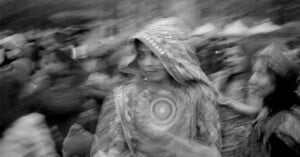
Motion Emphasizing Stillness in Photography
Breaking a pattern can work to bring attention to that pattern. You may not notice how quiet it is until some subtle noise disrupts that silence, reminding you of the context it is punctuating.

Breaking a pattern can work to bring attention to that pattern. You may not notice how quiet it is until some subtle noise disrupts that silence, reminding you of the context it is punctuating.
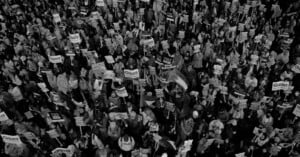
Over the last month, communities around the world have felt passionate responses to the developing conflict in Israel, Gaza, and surrounding areas. As simple or complex as one might find the hostilities in the abstract the ripples of geopolitics affect us all, sometimes very obviously, and sometimes subtly.
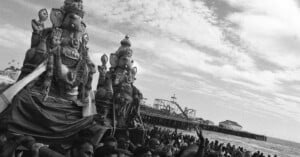
Each year around the world Hindu communities join together in a 10-day celebration of one of their mainstream deities, Ganesha. This celebration takes place in either August or September (Bhadra is the 6th month of the Hindu calendar, which combines lunar and solar considerations for the cycle), and festivities take many forms across the Hindu diaspora.

The context and process behind a photograph can be interesting on a technical level when it comes to the gear, film, lighting setup, and any artistic emotion or guidance that may have gone into it from a photographer with an interesting backstory to them.
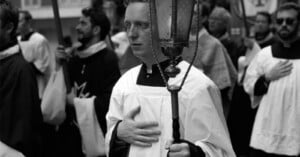
It’s difficult to see how anyone other than the photographer is responsible for a photograph they may take, although I’m sure there are some specific exceptions – but usually, if a photographer is not responsible for their photograph, then who should be?
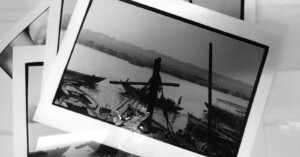
Social media is an incredible tool for propagating ideas, allowing the potential for mass outreach to anyone with an Internet connection and something to say.
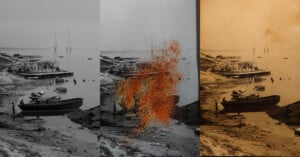
I've wanted to experiment with the idea of imbuing a print with more than just standard chemistry, and I especially like the idea of adding layers of experience to what is ordinarily solely a visual medium.
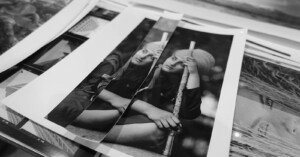
Voting with your wallet means buying products you believe in, supporting companies you want to see more of as well as products/practices you approve of. Buying one brand over another, buying locally rather than from a chain, or choosing not to buy from a certain industry at all would all be examples of voting with your wallet.

When I made images documenting the mourning period after the passing of Queen Elizabeth II there was a complexity to the situation that I wanted to convey. I wrote about navigating different manifestations of grief, as well as that grief in the context of the wider political relationship between the deceased and the citizens of the UK.
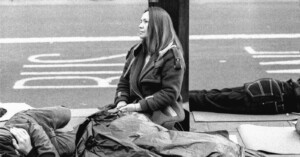
I recently wrote about the importance of discourse on the ethics around photography, where I offered my perspective on why rules and doctrines around decision making can diminish your ability to stand behind your work, justify your decisions, and really take responsibility and ownership over your vision.
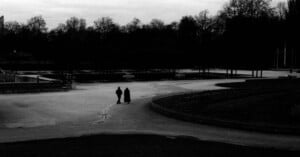
Some years ago I wrote about the (now fairly obvious seeming) perspective of photography as a process of grounded, present awareness in order to achieve a result.
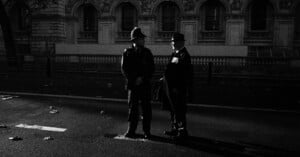
Seeing is believing. This concise rhetoric goes a long way to explain the power of photography. Where a statistic can reduce an entire country to a few numbers a photograph can bypass the mind and head directly to the heart via the eyes. Emotional, heartbreaking eyewitness testimony is just another block of text compared to the medium which makes the viewer themselves an eyewitness to whatever the photographer wanted to show them.
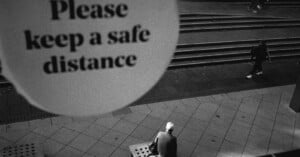
While photography and linguistic language share characteristics, when it comes to actually applying theories and practices between one and the other, it can be hard to remain coherent. This is down to the flaw in thinking that just because a comparison can be made aspects can be transposed between them.
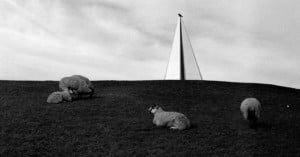
The camera is a reasonably recent image-creation tool; compared to millennia of paintings, drawings, carvings, and illustrations, we have only a few hundred years of photographs and photographic development. What photography offers compared to those ancient arts is (relative) immediacy and accuracy.
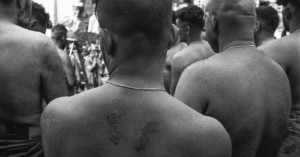
The social aspects of social media, the propagation aspects of propaganda, and the “logos” aspects of dialogue all depend on one thing: communication. A photograph can be a very powerful medium for communication, using visual symbols to represent what a photographer saw, or created, containing in part or in whole their message.
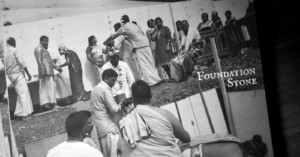
Titling a photograph or body of photographic work can be a daunting and often draining task. In many instances, a title will represent the work before someone has even seen the front cover, or leading image of a series, which means a punchy title can make all the difference in catching someone’s attention or losing it. There are many ways you can go about assigning a label to your work that not only identifies it but also can enhance and frame an entire experience for your audience.
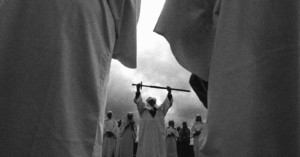
Language is an underlying reality in our everyday world, present in our thoughts, our words, and even our haptic gestures. When interacting with someone else we are incorporating language to translate abstract thoughts into communication, communication into meaning, and meaning into understanding.
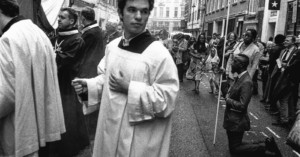
A photograph can reveal some deep human truths, but even the most intricate images may not divulge in a self-referential way. A deeply intimate scene could have been made from very impersonal practices, and similarly one could use a respectful, peaceful photographic approach to produce something obscene.
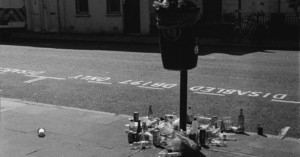
When I work on a blueprint for a potential documentary project most of my attention goes to unpacking whatever it was that drew my initial interest – usually a collection of themes, locations, and characters that I will visit in order to discover what direction the story will end up going in.
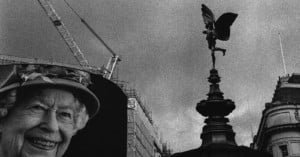
The broad strokes of an emotion can be fairly simple to translate into visual communication. A smile for joy, a tear for sadness, bared teeth for anger, wide eyes for fear. Nuance however is always present, the experience and expression of complex emotions are not always as straightforward.
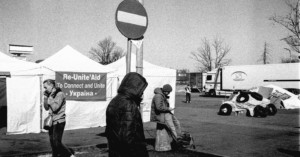
If the intention behind a photograph is to produce something photographic, weighted by aesthetic merit, or artistic expression, then it is your observation via the camera that you are most likely going to share in that image.
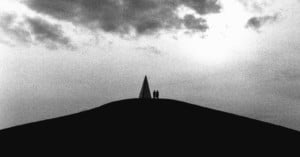
Failing to succeed doesn't mean failing to progress. I think for many of us the last few pandemic years have spotlighted this sentiment, especially as when it comes to photography “success” is already such a broad and nebulous concept.
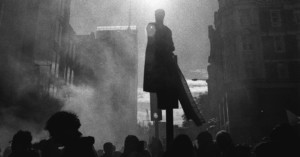
In many art practices, a new method or process does not usually automatically override the old one. You can still use berries and charcoal to paint a cave wall, paint on a canvas, or put pencil to paper. These do not become irrelevant just because a Wacom tablet can be used to make a digital illustration or a VR for a 3D painting.
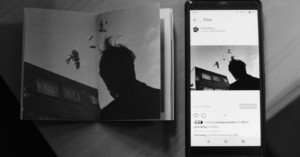
Producing photographs, writing, and ideas to share with others is such a wonderful way to direct creative energy, and for many, this approach involves setting themselves up as a photography business practice in some way, whether that’s offering the work as a product or as a service.
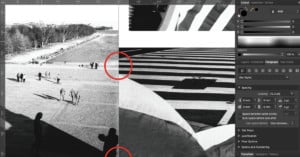
If I can afford to, I always try to spend time in shops where I know there is a good selection of photo books. The books offer me inspiration for my photographs as well as the way I present my own work in printed publications.
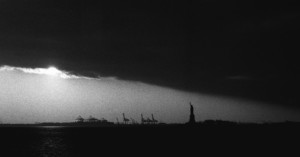
There's an expression in relation to investment banking I've heard which I think translates quite well into advice for documentary photographers: "it's not timing the market, its time in the market."
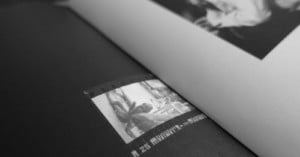
When competing in an attention economy, giving your audience a reason to stay rather than scroll onwards is one of the most essential paths to retaining that attention.
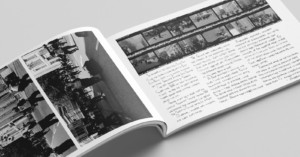
All of my recent motivation in photography has come from the desire to see actualized publications of my projects, in the wake of the wonderfully positive response to my recent Bulgaria zine and USA Digest.
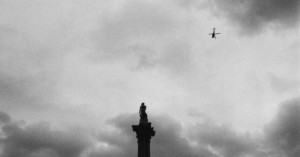
Minimalism can be such an effective and beautiful way to present information, especially in photographs where there needs to be only one subject or central point of clarity. However, while many seem to subscribe to the “less is more” sensibility of minimalism, which can mean chiseling away at anything non-essential, I don’t find this a useful or practical way to work when it comes to documentary photography.
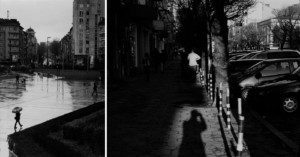
One of the most constantly joyful aspects of photography is the ability of the medium to allow the creator to make something from nothing.